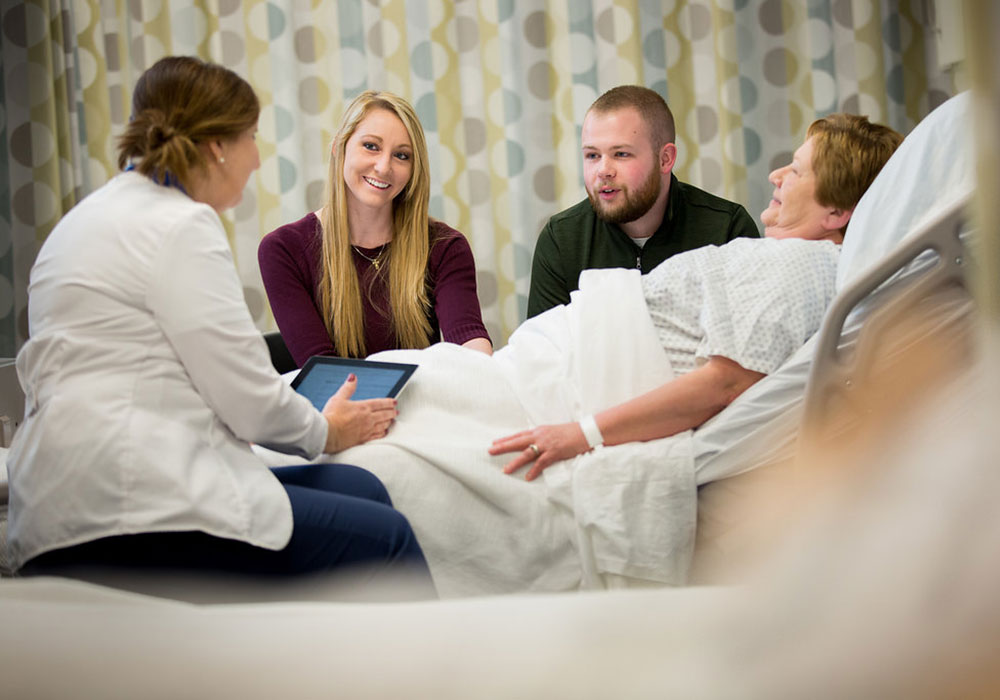As oncology nurses, we know that catching cancer early through screening leads to better outcomes and increased survival rates. We ask our survivors and loved ones to prioritize their cancer screenings, reminding them, “I do not want to see you in my clinic chair or hospital bed with cancer, especially not at an advanced level.” Take care of yourself by giving yourself the same lecture.
In most cases, screening depends on your specific risk factors, but keeping track of the evolving evidence-based screening guidelines and screening recommendations as new science and technology emerge is challenging. Here are some steps to put your well-being first and start building your individualized cancer screening plan with the help of your primary care physician (PCP).
What the Research Tells Us
Screening for breast, cervical, colorectal, and lung cancers can detect them early, reduce their mortality, and have more potential benefits than harms. The screening tests shown to be safe and accurate for detecting cancer are:
- Mammograms for breast cancer
- Colonoscopy and sigmoidoscopy for colorectal cancer
- Pap and human papillomavirus (HPV) tests for cervical cancer
- Low-dose computed tomography for lung cancer
Because it’s not been shown to be effective, USPSTF recommends against screening in adults who are not at high risk or are asymptomatic for pancreatic, ovarian, thyroid, and testicular cancer. The evidence is insufficient for screening for skin, oral, or bladder cancer. For prostate cancer screening, each patient should weigh the benefits and harms with their PCP.
How to Practice
Make an appointment with your PCP to talk through screening options. Prior to the appointment, review the evidence-based screening guidelines and the benefits and harms from screening. The Centers for Disease Control and Prevention offers screening charts for several commonly diagnosed cancers. USPSTF’s recommendations for cancer screening include:
Breast: Women aged 50–74 should be screened biennially with a mammogram.
Colorectal: Screen from age 50–75. The time between screens will vary based on the screening method. Some national organizations recommend starting screening at age 45.
Cervical: Women aged 21–29 should have a Pap test every three years. Those aged 30–65 can choose to either continue having Pap tests every three years, have a high-risk HPV test every five years, or a combination of the two.
Lung: Adults aged 55–80 years with a 30 pack-year smoking history who currently smoke or have quit within the past 15 years should have annual screening with low-dose computed tomography.
If you’re at a higher risk for these or other types of cancers, your PCP might offer additional screening tests, but it’s important to continue to weigh the risk with benefit from any tests. The best cancer screening plan aligns with your family and medical history, follows national screening guidelines, and is the right fit for you.






